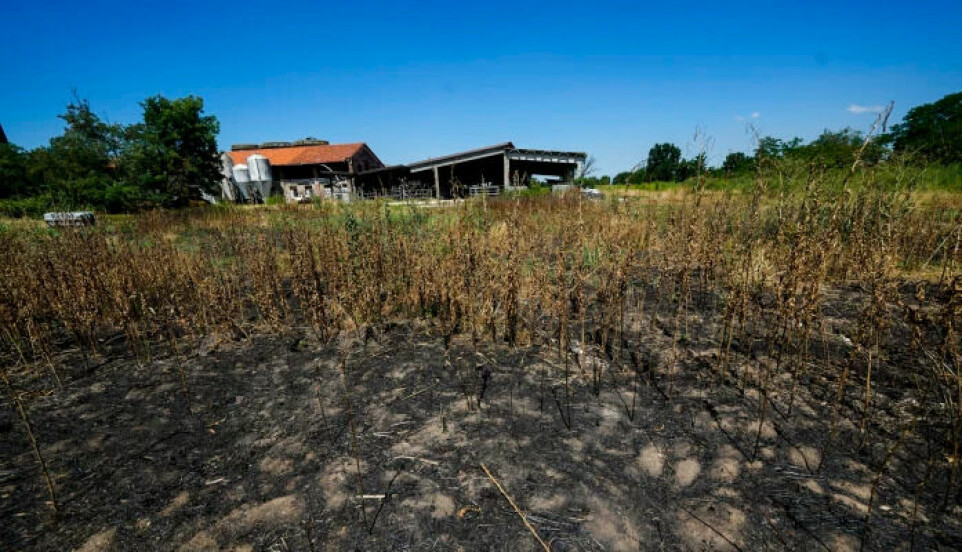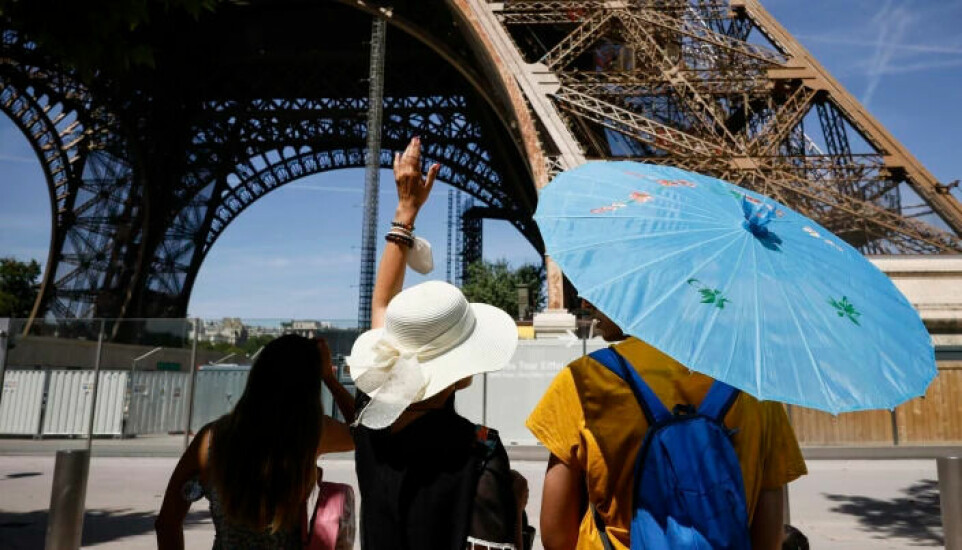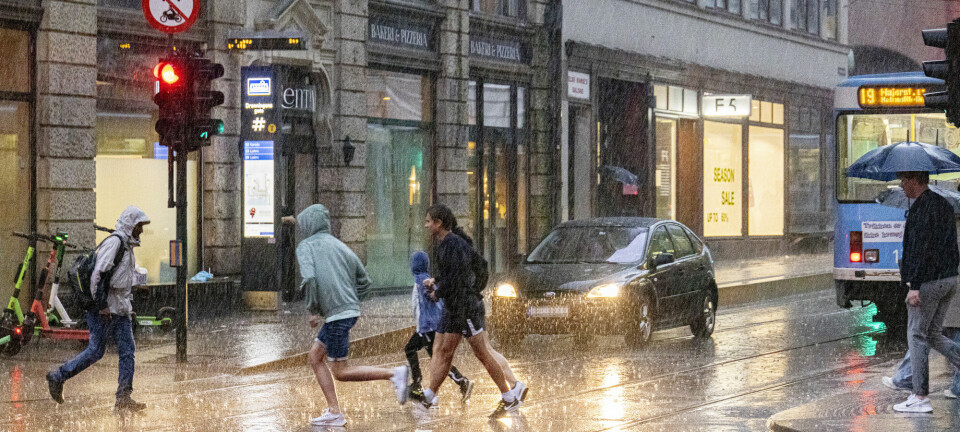
Climate expert: Norwegians do not understand how dangerous these heat waves are
The heat waves that have occurred in recent summers create extremely dangerous conditions that are difficult for Norwegians to understand, according to climate researcher Tore Furevik.
Several countries in Europe have been hit by heat waves with temperatures well above 40°C.
“They are deadly, not only for nature and animals, but also for humans. There is a clear connection between death tolls in summer and high temperatures,” Tore Furevik tells NTB, the Norwegian news agency.
He is a professor at the University of Bergen and was previously director of the Bjerknes Centre for Climate Research but is now director of the Nansen Environmental and Remote Sensing Centre.
Furevik points out that in Norway there is a lot of focus on temperatures in the water, in terms of going swimming, when the temperature in the air starts nearing 30°C. He emphasises that the very high temperatures in Southern Europe can also affect Norway.
“We see more and more often that the temperature reaches 30 degrees in Norway and this leads to drought in some places. Going forward, we may also experience the extreme heat that has now hit a number of Mediterranean countries,” he says.

Extreme heat in Europe
Several countries in Europe have been hit by strong heat waves this summer. Thousands have had to evacuate from the French Atlantic Coast due to severe forest fires. In Spain, meteorologists are sounding the alarm about extreme heat in 16 out of 17 regions in the country.
Portugal, the United Kingdom, Greece and Italy have also been hit by heat waves. In some places, the temperate crept up to 40°C and even higher.
“What we see now is what the climate models have told us for twenty years,” says Furevik.
“Due to the heat, there is less steam in the air which leads to less precipitation. This makes dry areas even drier,” he continues.
The heat waves also increase the risk of forest fires and can lead to impaired air quality, which also poses a health risk to humans, Furevik adds.

More to come
The combination of high temperatures and drought will be seen even more in the future, according to the climate researcher.
“Future heat waves will be even warmer and last even longer,” says Furevik.
The strong weather differences do not come as a surprise to him. He says that even though climate research has pointed in this direction for a number of years, you can never be completely sure that the weather is due to climate change.
Because weather and wind change all the time, the researcher points out.
“But you could say with certainty that the probability that we would get equally high temperatures without global warming is small,” says Furevik.
———
Translated by Alette Bjordal Gjellesvik.
Read the Norwegian version of this article on forskning.no
------
































